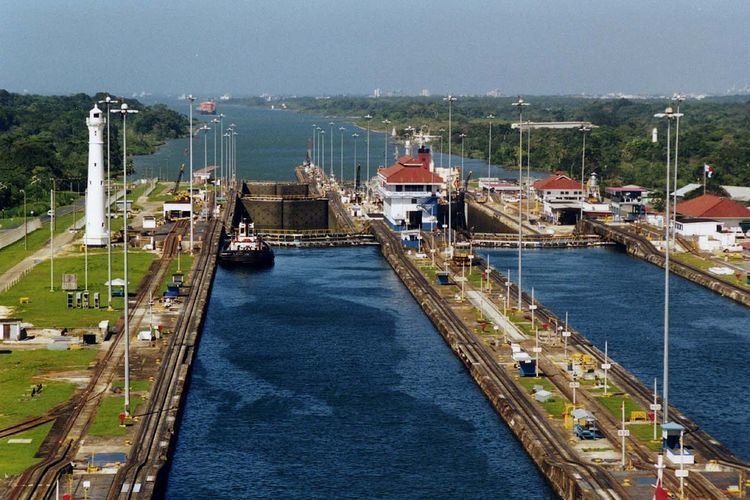 | ||
The economy of Central America is the sixth largest economy in Latin America, behind Brazil, Mexico, Argentina, Chile and Colombia, According to the World Bank, the nominal GDP of Central America reached 204 billion US dollars in 2010, as recovery from the crisis of 2009, where GDP suffered a decline to 3.8%. The major economic income are the agriculture and tourism, although the industrial sector is in strong growth, mainly in Panama.
Contents
- Currency by country
- Gross domestic product by Country 2012
- Exports and Imports
- Foreign direct investment
- Banking
- References
United States is the main socio-commercial of all Central American countries. Other important socio-commercial countries in Central America are the European Union, Japan, Dominican Republic and Mexico. Currently, Central American bloc based on a bilateral free trade agreement (FTA) with the United States known as CAFTA-DR, and another in negotiations with Peru. The Panama Canal is the connection of Central America with the rest world, and the main means of communication for trade with Central America, South America, United States, Europe and Asia.
The economic development of Central America is the Middle level, although competitiveness is remarkable:
Currency by country
Each country has its own national currency, with the exception of El Salvador, where the US dollar was taken as currency in the country as of January 1, 2001, replacing the Salvadoran colon, Belize is a country where circulates the dollar, although of type Belizean. In the case of Panama two types of currency are circulating, the Panamanian balboa and the US dollar.
Gross domestic product by Country (2012)
Guatemala has the highest Gross Domestic Product in Central America, followed by Panama, Costa Rica and El Salvador. The GDP data are based on data from the World Bank corresponding to 2012. The rates of economic growth come from the CIA The World Factbook.
Exports and Imports
Regarding exports and imports, the balance is negative in the region, each country consumes more than it produces. The main products that the region exports are agricultural type (cocoa, coffee, rice, flowers, etc.), the largest purchaser is the United States. While on the other hand, the region imports nontraditional products (cars, appliances, electronics, etc.) and the main seller is United States.
Foreign direct investment
According to the World Bank, Panama, Costa Rica and Guatemala are the countries that receive more foreign direct investment in Central America, and exceeded one billion US dollars. The next table shows the values in dollars, and investment growth between 2010 and 2014:
Banking
Banking is one of the main economic activities in Central America, which takes place mainly in Panama, El Salvador and Costa Rica. Since 2010, Guatemala, Honduras and Nicaragua have developed strong growth of the banking. Regarding financial centers, El Salvador and Panama are the only Central American countries that have a World Trade Center.
The economist magazine American Economy published its ranking "The 250 best banks in Latin America," presented the list of the 42 Central American banks included.
Within the Latin American general ranking, the first Central American Bank is the number 39 in the list, and it is the HSBC Panama in Panama City.
Within the first 100 places in the general ranking of Amperica Economy, 7 Central banks appears: HSBC Panama ranked 39th, General of Panama at 42, National Panama (57), National of Costa Rica (70), Bladex of Panama (75), Agricultural Bank of El Salvador (85) and Costa Rica Bank of Costa Rica (92).
